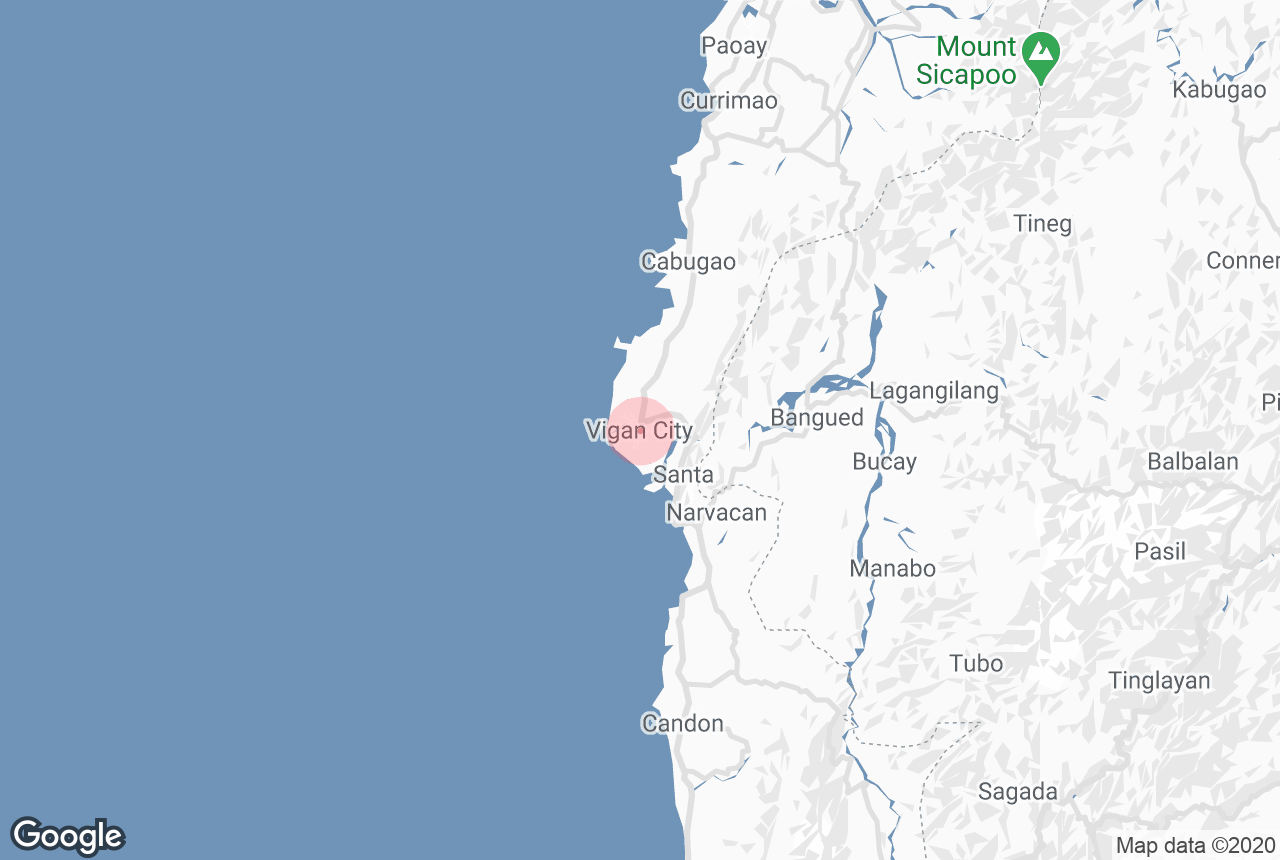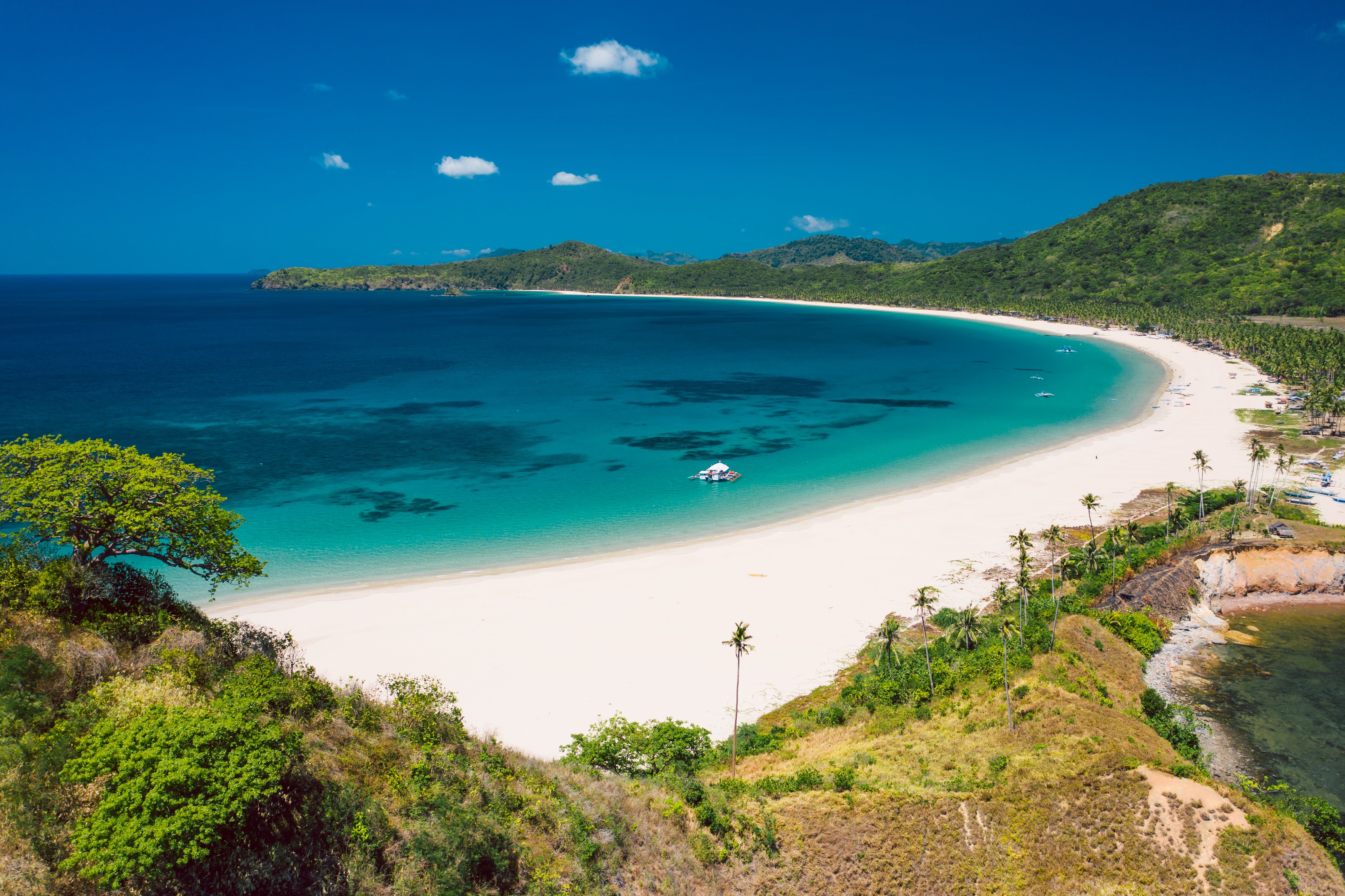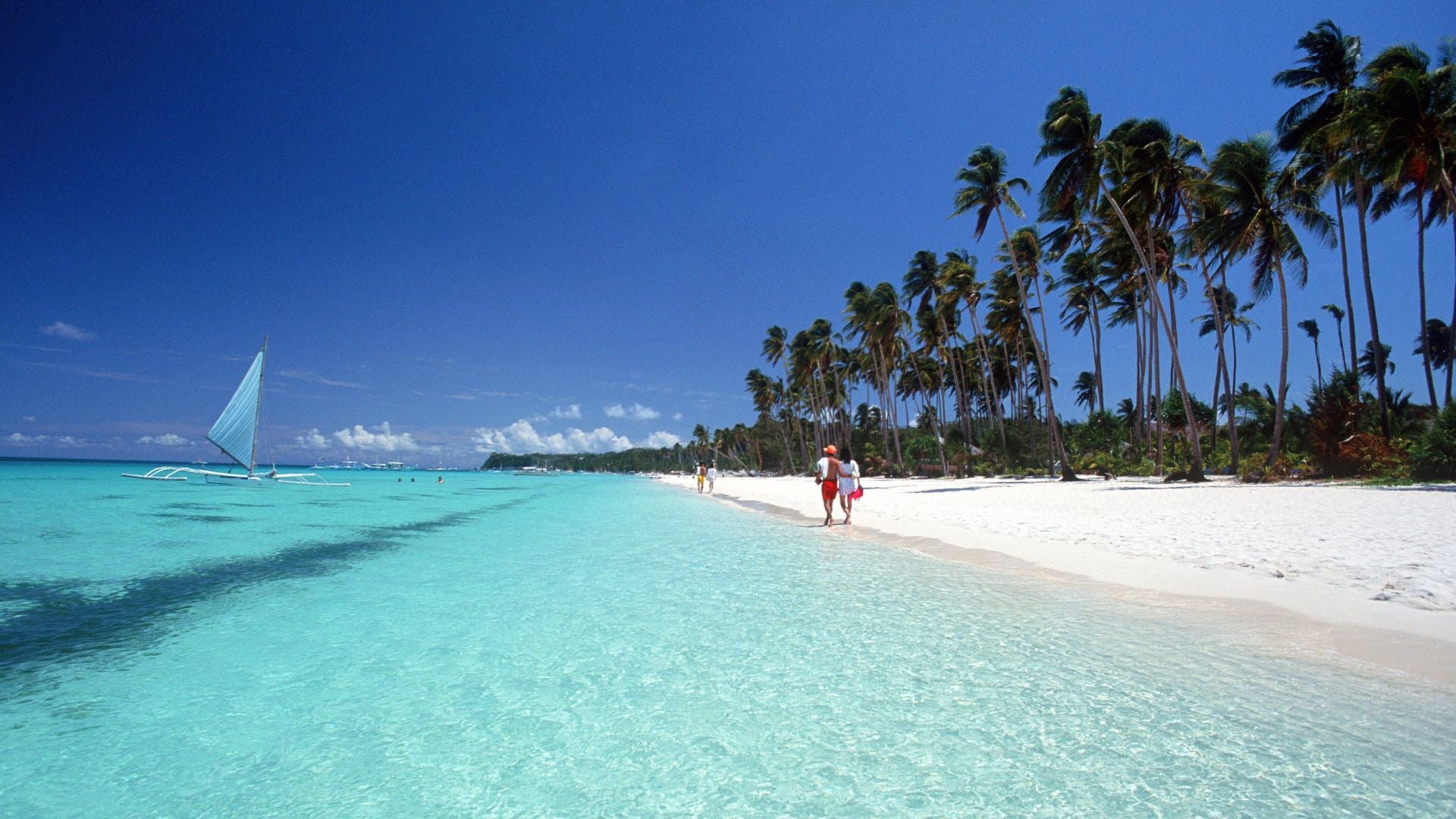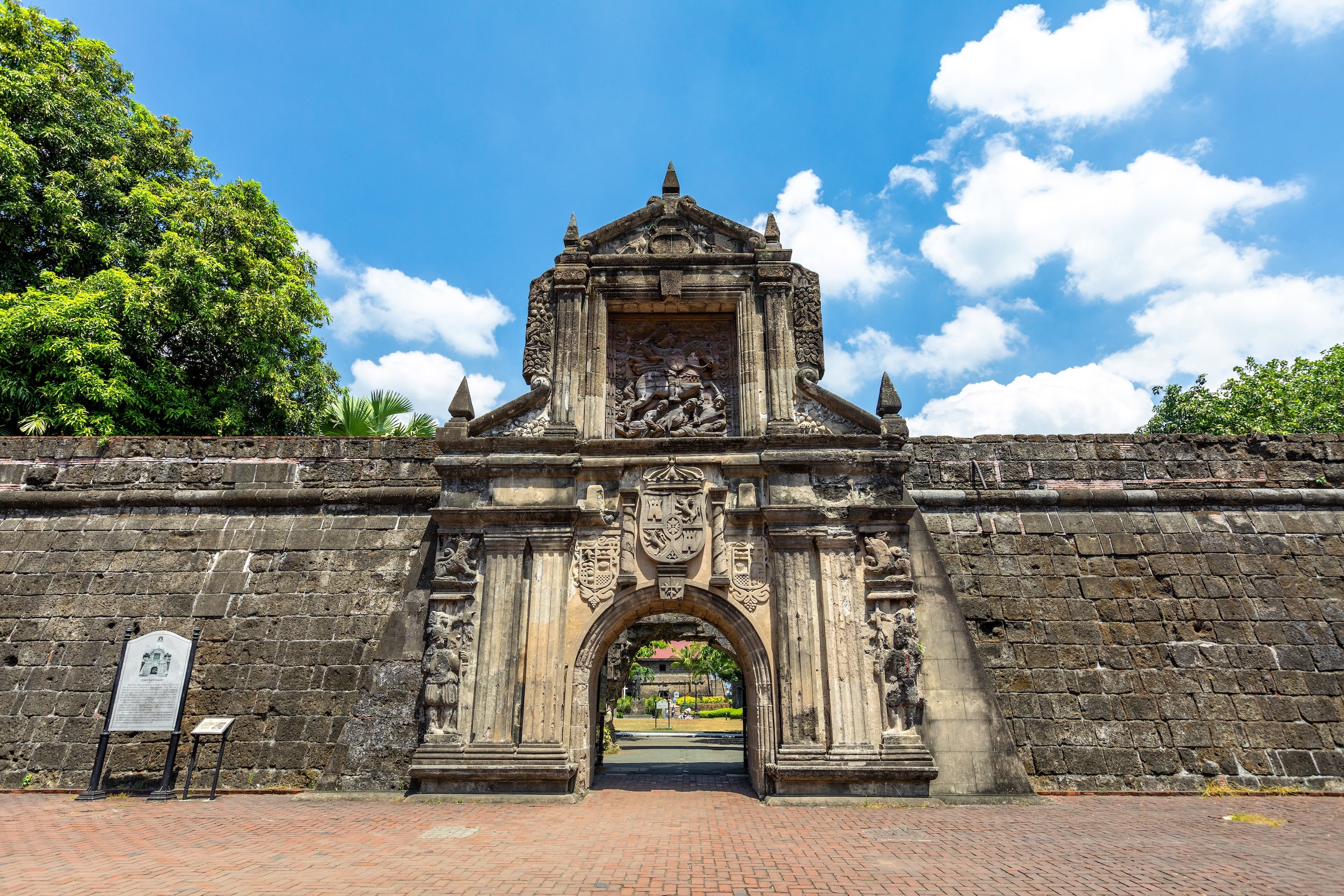Calle Crisologo
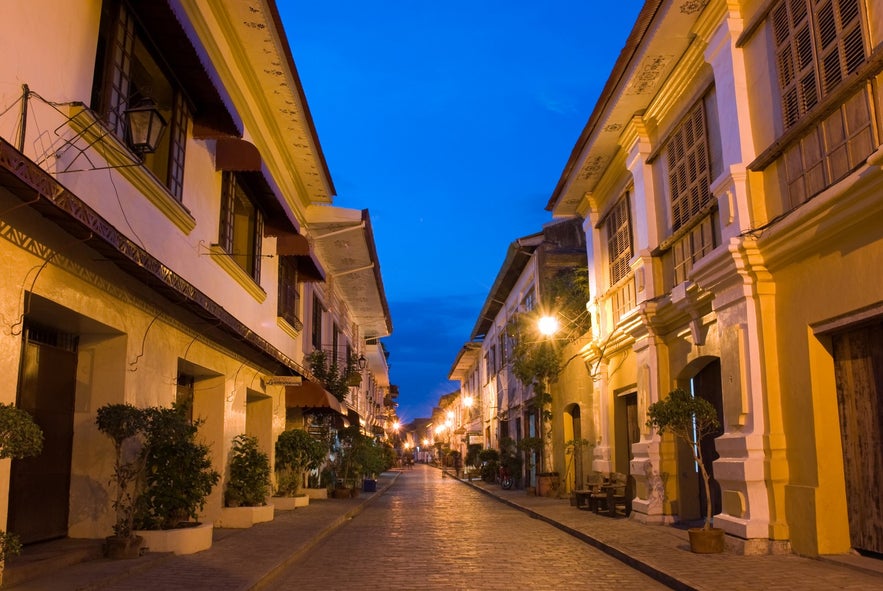
Calle Crisologo in Vigan City, Ilocos Sur Province, is one of the most iconic heritage streets in the Philippines. A cobblestone pathway flanked by Spanish-era ancestral homes, vintage lamps, and horse-drawn carriages, this charming road offers a glimpse into the country’s colonial past. As one of the most popular Vigan City tourist spots, Calle Crisologo invites visitors to experience history with every step.
How to Go
Calle Crisologo is located in the heart of the historic center of Vigan City, which is easily accessible via public and private transportation. From Laoag City, which has the nearest airport, you can book flights to Laoag City and travel by van or bus for about 1.5–2 hours to reach Vigan.
Many Ilocos tours and shore excursions also include a stop at Calle Crisologo. You can also book dedicated Calle Crisologo tours or a tour package to Vigan City in Ilocos Province for a more immersive experience.
What to Expect
Expect to be transported back in time as you stroll along Calle Crisologo. The street is lined with preserved heritage houses now converted into museums, inns, souvenir shops, restaurants and cafes. Some of these ancestral homes date back to the 18th century.
For travelers docking at Currimao Port, a day tour in Vigan City for cruise passengers provides a convenient and enriching way to explore Calle Crisologo and other nearby attractions. These tours are tailored to fit cruise schedules, ensuring that visitors can immerse themselves in Vigan's charm without the hassle of planning logistics.
One of the standout Vigan City activities for cruise passengers is the unique cultural experience offered at Villa Angela Heritage House. You can rent traditional Filipino wear at Villa Angela Heritage House for a nostalgic photo session. Step into the past and savor authentic Ilocano cuisine while dressed in period clothing when you don a traditional Filipino attire rental & 5-course Ilocano food at Villa Angela.
Don’t miss browsing antique stores and enjoying local delicacies like Vigan empanada.
Best Time to Go
Calle Crisologo is best visited early in the morning or during late afternoon when the street is less crowded and temperatures are cooler. Evening visits offer a different experience, as the vintage street lamps illuminate the cobblestones, giving the place a magical ambiance.
The dry season, from November to May, is ideal for exploring outdoor attractions.
Where to Stay
There are plenty of hotels in Vigan City, from colonial-themed accommodations to modern boutique inns. Many are within walking distance of Calle Crisologo, allowing you to explore the area conveniently at any time of day.
For a relaxing seaside escape near the heritage zone, consider booking an Ilocos Province tour package to Vitalis Villas Resort near Vigan City, a Mediterranean-inspired cliffside resort perfect for those who want to combine history and luxury
For a hassle-free trip, you can book Ilocos tour packages where all details like hotel, guided tours, and transfers are arranged for you.
